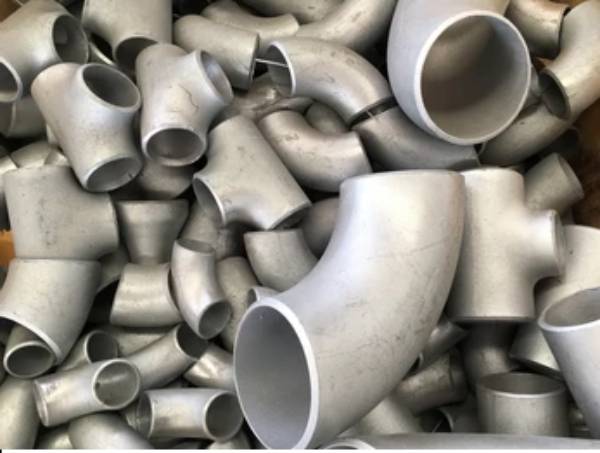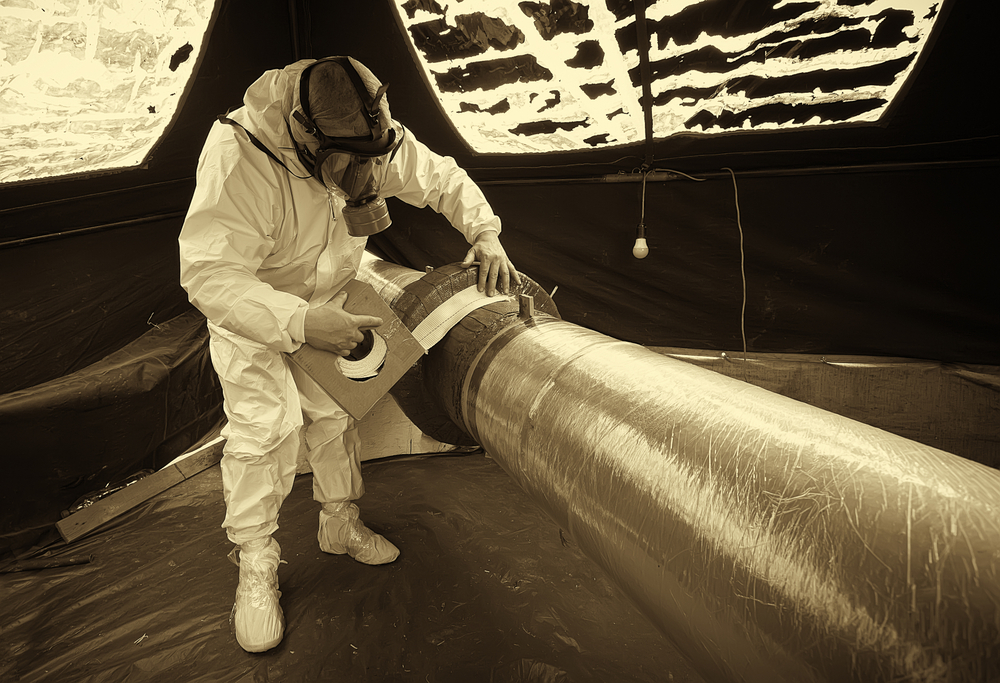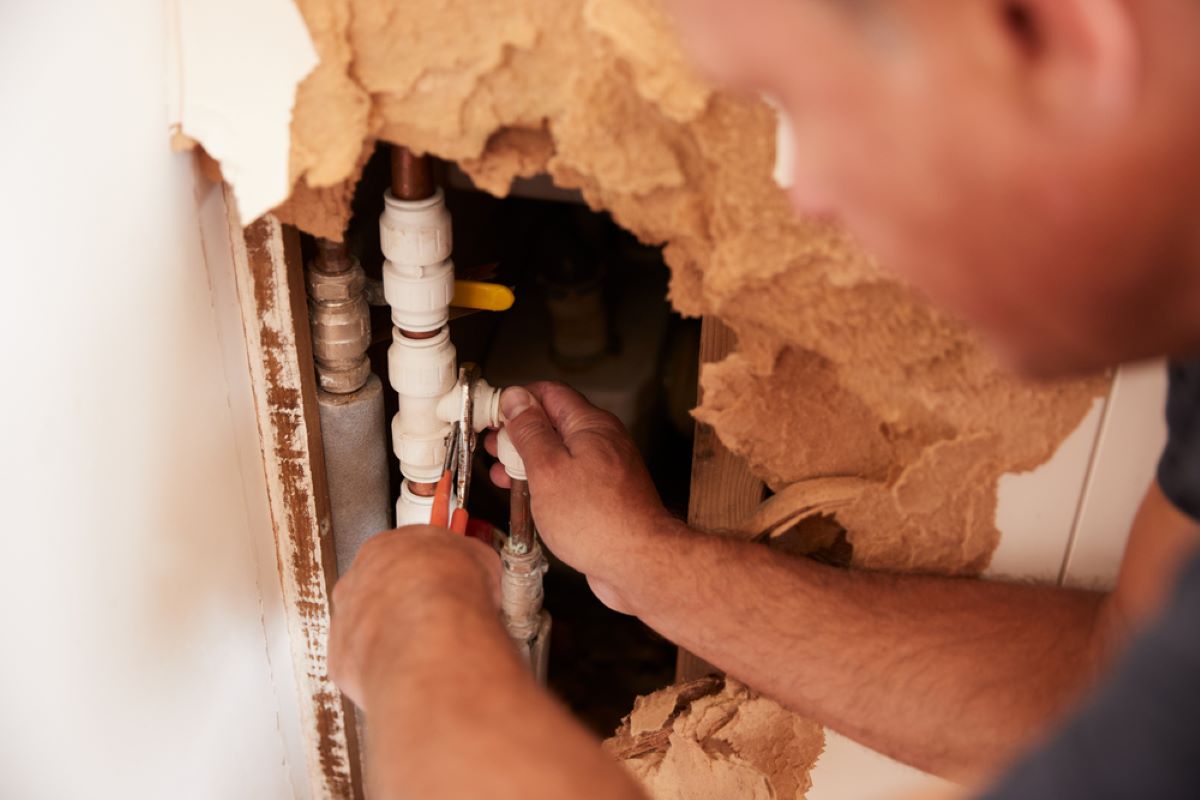You may be confused between Galvanized VS Stainless Steel when buying steel, which appears to be the same but have significant differences. In this article, we will explain the differences between galvanized steel and stainless steel in the simplest way possible. We also know which metal can cause Pipeline Corrosion.
We hope that after reading this blog, you will be able to make an informed decision about the type of steel that is right for you to prevent internal pipeline corrosion. Although the appearances of galvanized steel and stainless steel are similar, they differ in composition, weight, strength, and use. To understand the differences between two types of steel, it is first necessary to understand what these two types of quality steel are.
What is Stainless Steel?
Stainless steel contains chromium-based metal alloy with high chromium content. In the majority of cases, the rate is 11%. The primary function of chromium is to prevent galvanized iron from rusting. It also provides the metal with some heat resistance. Stainless steel comes in a variety of forms, including carbon, silicon, and sulfur. Nickel, titanium, selenium, molybdenum, to name a few. This is why stainless steel is called by numbers. For example, among other numbers, there are 304 varieties of steel.
What is Galvanized Steel?
On the other hand, galvanizing is a kind of carbon steel. It was dipped in molten zinc to protect it from chemical damage caused by various causes. Dip steel is another name for it. The most famous product which is used in construction nowadays is the galvanized GPSP coil.
What Kind of Steel Is the Best Galvanised VS Stainless Steel?
Before deciding on steel, it is important to know the differences between stainless steel and galvanized steel. Each of these steel plates has advantages and disadvantages. Both types of steel materials can be used to make a variety of products. Moreover, the properties of these materials differ from each other. Galvanized steel is affordable and readily available in the market in terms of price and availability.
When compared to stainless steel, its elements such as screws, hinges, gaskets, and fasteners are less expensive. As a result, galvanized steel is well known among cost-conscious consumers and companies. Learn the differences between the two. Here are some of the differences between the two types of steel that can be used to differentiate them:
1. Get ready
Ordinary steel is dipped in a basin of molten zinc to produce galvanized steel. This is referred to as “hot dipping”. In many cases, electro dipping is used to form the coating, a procedure in which steel is dipped in a zinc-containing electrolyte solution and the coating is created through electrolysis.
Ordinary steel and chromium are combined in different proportions depending on the type of stainless steel that is made when both are in their molten state to make stainless steel. When the mixture cools, it solidifies to a solid form, at which point.
2. Composition
Galvanized steel is made by applying a zinc coating to the surface to prevent corrosion, while stainless steel is made by mixing 10 percent or more of chromium in the molten state. This means that galvanized steel is made of ordinary zinc-coated steel, while stainless steel is made of two distinct metals that have been blended together properly.
3. Strength
Galvanized steel is more brittle than stainless steel. Because galvanized steel only has an outer layer of anti-rust coating that erodes over time, it does not give the same level of rust resistance as stainless steel, which has a protective chromium composition to help prevent corrosion.
4. Galvanised VS Stainless Steel The Prices
How much does galvanized and stainless steel cost? You should be able to tell which type of steel is cheap and which type is expensive now. The cost of stainless steel is higher than that of galvanized steel.
We can see from the preparation process that the stainless steel process is quite involved and requires a lot of resources. This is in complete contrast to galvanized steel. Despite the fact that galvanized steel is less expensive than stainless steel, it cannot be used instead. The cost of different steels can also be obtained from the manufacturer.
5. Uses
Galvanized steel is used for low-budget projects compared to stainless steel due to its lower strength and lower cost. Galvanized steel is widely used in the construction of pipes and fittings in residential buildings. It is also used to make air conditioners, metal roofing for homes, and chain-link fences. Galvanized steel is used in a variety of commodities that benefit from its ability to resist rust and weather damage, and is stronger and lighter than many other metals.
6. Galvanised VS Stainless Steel: What kind Of Steel Is More Durable?
When you compare the qualities of these two types of steel, you will notice that they are significantly different. Both types of steel can be used to make a wide variety of items, but one is always a better option than the other.
Although galvanized steel is a great material, there are times when extra precautions are necessary. Steel is usually welded before rather than after it is galvanized. When you weld galvanized steel, the protective layer of zinc in the weld burns out. To protect the joint, galvanized steel may need to be re-galvanized after it has been welded.
There are some cases where stainless steel should be avoided. This product can tolerate saltwater, however, it degrades rapidly when exposed to chlorinated water. Any design involving two stainless steel components rubbing against each other should also be avoided. They are able to self-weld.
However, for the most practical uses of steel on the ground, galvanized steel would be the most cost-effective option in terms of material and labor expenditures, as well as the longevity of the project.
Conclusion
Both galvanized steel and stainless steel have a place in the hand of the craftsman and hobbyist, whether it’s for an emergency repair, a large shipment, or a long-term project. Depending on the application, projects will always require details. Knowing which metal to use can save you time, money, and aggravation in the long run.





